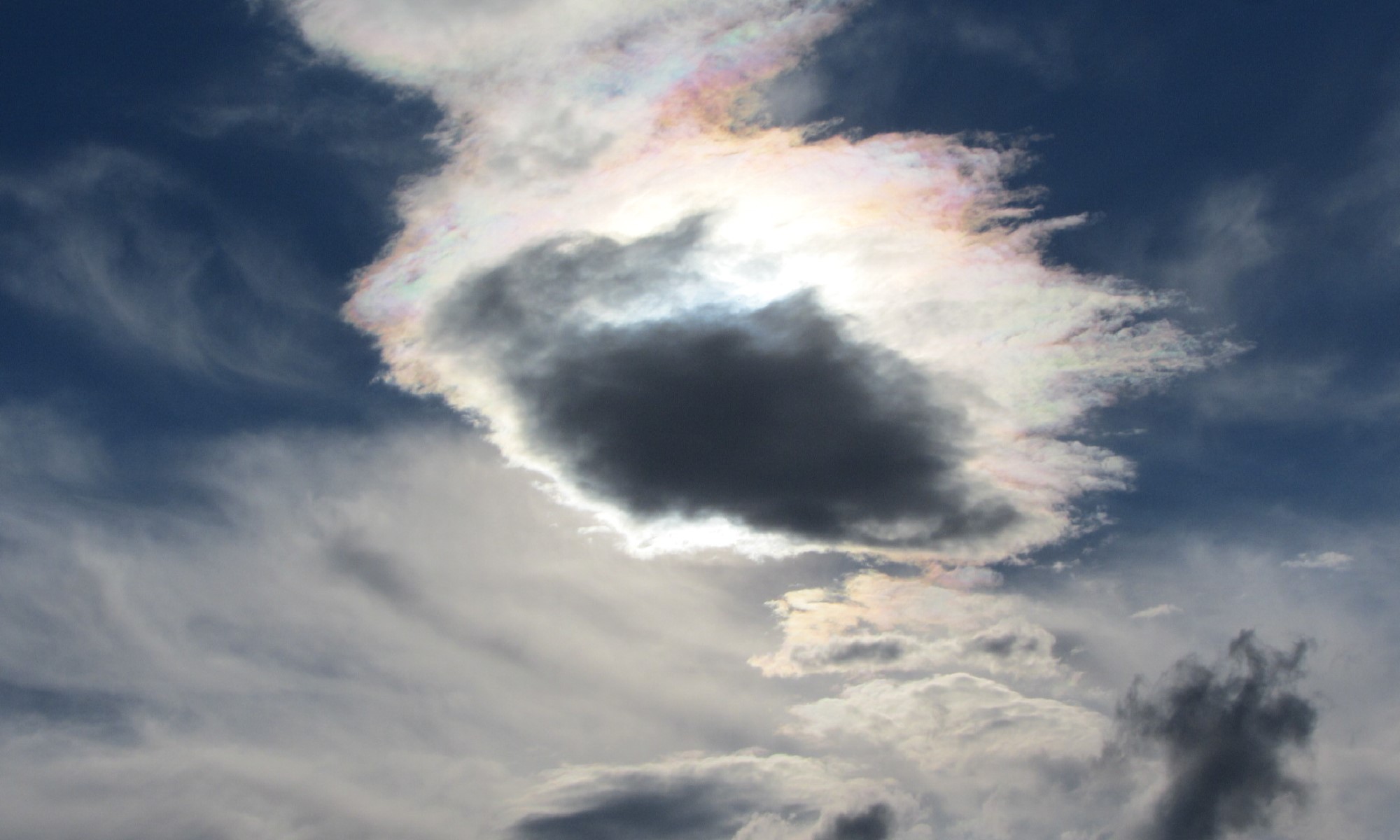While sailing with a friend along the coast of Devon, we got to talking about the mechanics of the swell that was annoying us. It turned out we did not really understand how waves form, how they propagate, and how they are affected by the seabed and coastline. Some research was called for!
Where do waves come from?
When wind blows across the surface of the ocean, it transfers energy to the water through friction and aerodynamic effects. The strength, duration, and area (fetch) over which the wind blows determine the size of the waves:
- stronger winds generate more energy and create larger waves;
- longer duration means the wind has more time to transfer energy;
- larger fetch (the distance over which the wind blows uninterrupted) allows for greater wave development.
Initially, small ripples are formed, and as energy continues to be transferred from the wind, these ripples grow into larger waves. If the wind blows consistently over a large enough area and time, waves grow and organize into a set of waves with a more regular pattern. As these waves travel away from the wind’s source, they become swell. Swell waves have longer wavelengths and periods compared to wind-driven waves near the storm or wind event.
Once formed, swell can travel over vast distances, often thousands of miles from where the wind initially generated them. The longer-period waves (which travel faster) move ahead of the shorter-period ones, creating the regular, rhythmic wave patterns that define swell. As swell moves away from the storm, the energy becomes more spread out, but the waves can maintain their structure and height for extended periods as they travel through the deep ocean. Longer-period waves (from stronger or more persistent storms) carry more energy and can last longer before dissipating.
A key factor in the video above is how individual particles of water move in circular orbits in the process of transferring wave energy. This animation shows that nicely.
A very good and more detailed explanation of the mechanics involved is given in the following three videos produced for the benefit of surfers.
How waves behave at the beach
How does the local coastline affect waves?
As Atlantic storm swell approaches the coastline, the waves undergo shoaling (gaining height), refraction (bending to align with the coast), and in some areas reflection (bouncing back), all influenced by the changing depth and underwater features. Sailors will notice that swell can vary significantly depending on their proximity to headlands, bays, and sandbanks, with choppier conditions near headlands and more dissipated, gentler waves in sheltered bays.
Wave Shoaling
As Atlantic swell approaches the shallower waters off the coast, the depth of the water decreases, and this results in a process known as wave shoaling. When the swell encounters shallower water, friction with the seabed causes wave speed to decrease. Most of the kinetic energy thus released is transformed into potential energy through an increase in wave height.
For swell of less than 2 metres, which is common off the south coast of Devon and Cornwall, the increase in wave height due to shoaling might be subtle but noticeable. It is most pronounced around headlands such as Bolt Tail or Dodman Point, where the bathymetry changes more dramatically.
Wave Refraction
The coastline between Bolt Tail and Dodman Point is irregular, with headlands, bays, and varying seabed topography. When waves approach the coast at an angle, they experience wave refraction. The part of the wave that enters shallower water slows down more than the part of the wave still in deeper water. This causes the waves to bend or “refract” toward the coastline.
Wave Reflection
Cliffs and steep coastlines along this region can also lead to wave reflection, where some of the wave energy bounces back toward the sea. This reflected wave can interfere with incoming waves, creating areas of choppier or more confused seas. Around Dodman Point, for example, this might be more noticeable when the swell meets the steep underwater topography.
